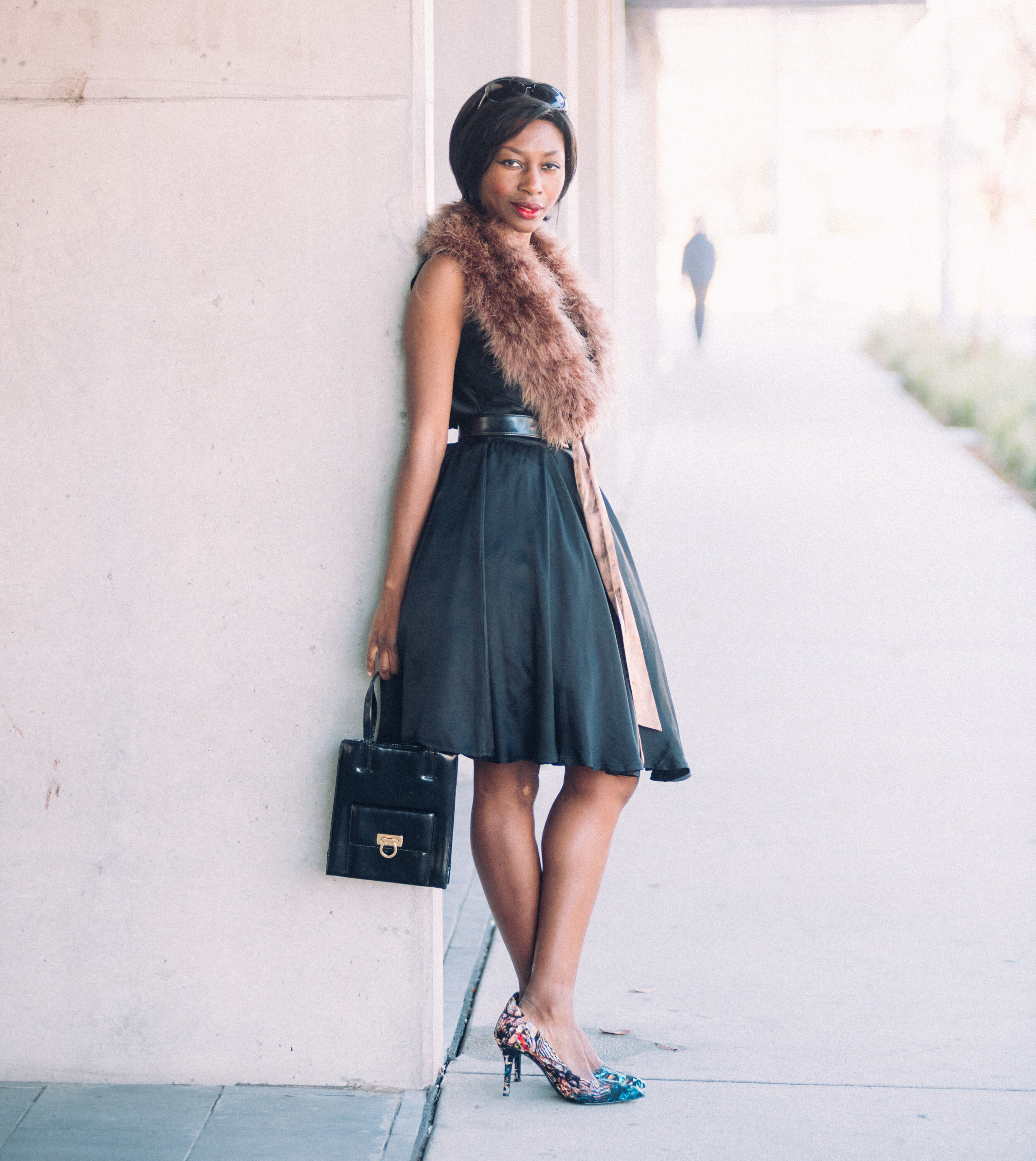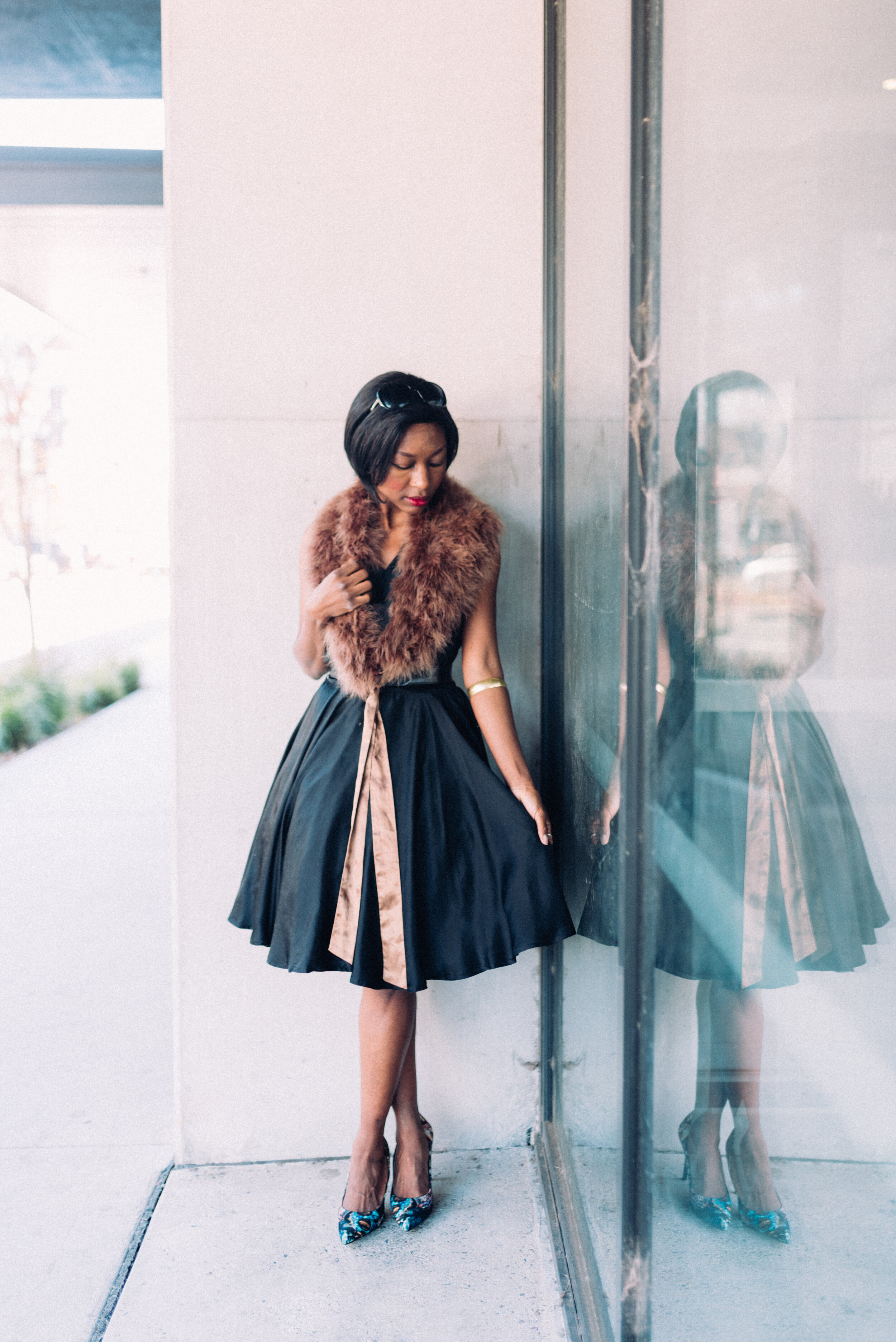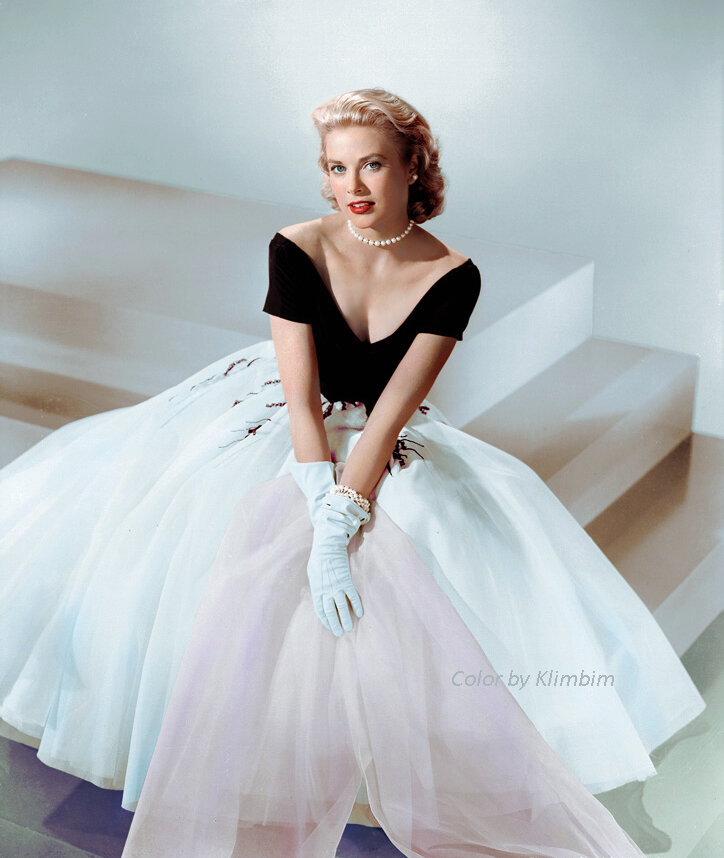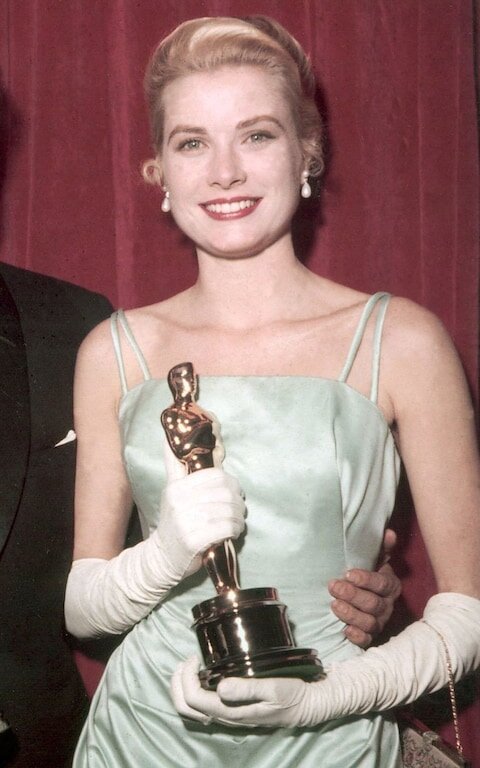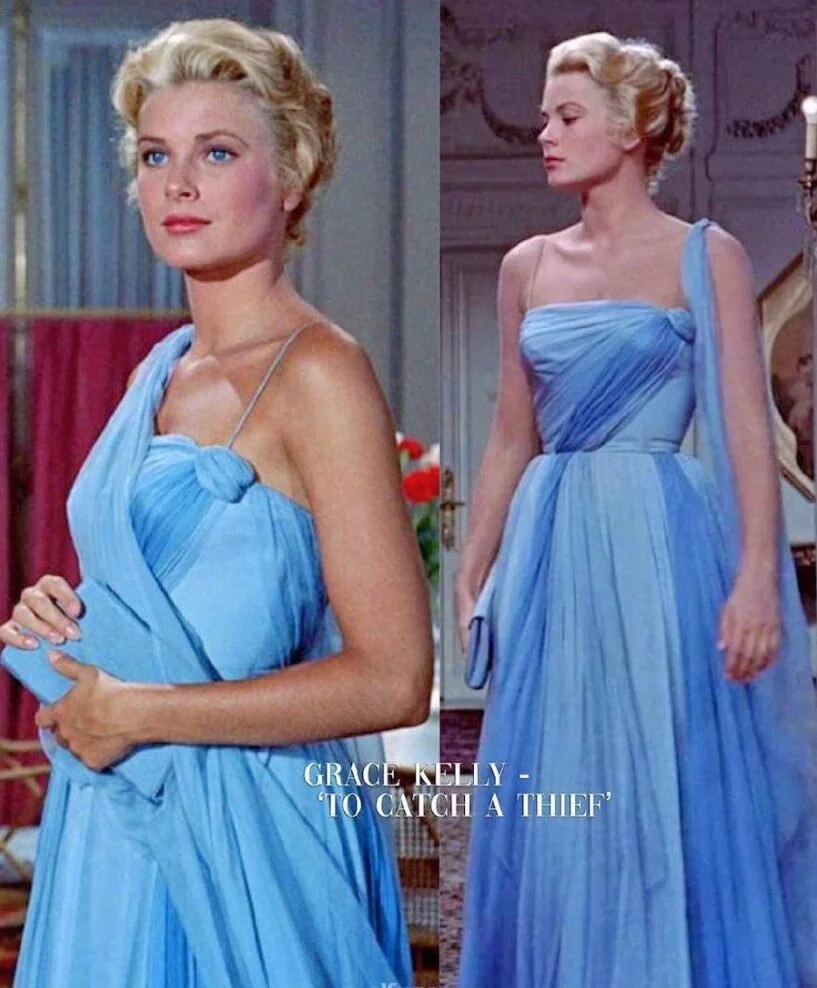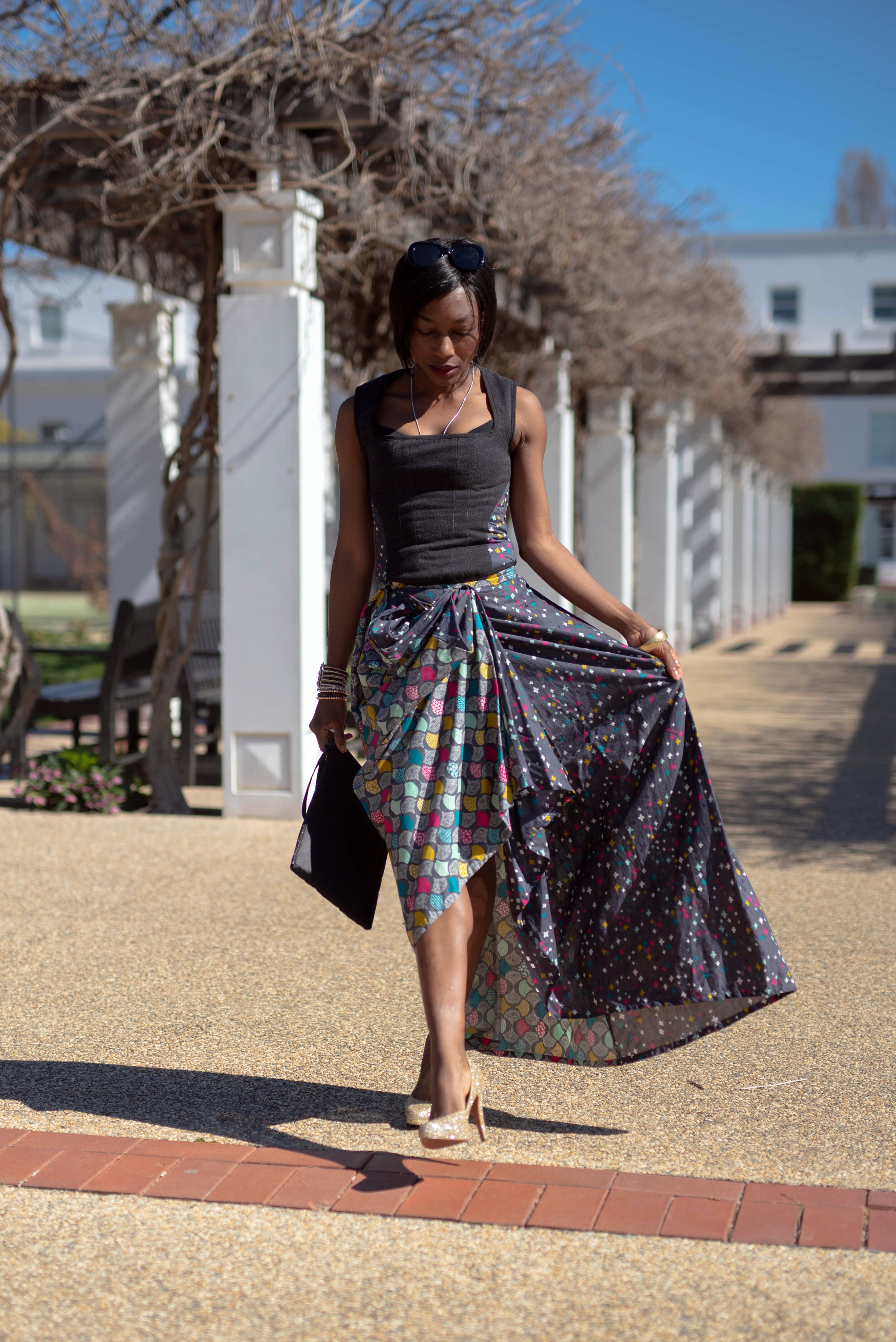Expression of Love dress by Pure Pod. Australian-made with 100% organic cotton.
With Black Friday recently passed and Christmas around the corner, we’re knee-deep in the season of overconsumption. I read an article today that claims 2019 was the year that sustainability burst into fashion mainstream but a holistic shift to slow fashion doesn’t seem to be happening fast enough.
The good news is that there have been articles and culture-changing messages in the mainstream encouraging people to people to rethink the way we consume material things. For example, an article in The Guardian quotes Berlin rubbish collectors suggesting that people should give time, not stuff this Christmas. I absolutely agree with that notion, but whether it’s the holiday period or any other time, we sometimes still need to use or acquire material things. What we can do however, is to consume ethically and responsibly. And if you absolutely must give a gift for Christmas or even after, consider ethical gift suggestions from platforms like Flora & Fauna, Be Kind Coco or Australian Ethical.
Where clothing is concerned, brands who make quality clothes to last are the best option. Labels like Pure Pod, Remuse, Etiko Fairtrade and many others, go through tremendous effort to ensure as little environmental damage as possible in creating garments. They also exude this effort sincerely to the best of their ability to ensure every worker is paid a just and liveable wage in the supply chain. Wearing ethical labels gives you the confidence that you are actively supporting a positive shift to a healthier, better way of doing things. Plus, you can rest assured your money is not potentially supporting a business that engages in exploitation or environmental degradation of some kind. This is essentially the best gift you can give yourself, the gift receiver and everyone involved in making that product!
STYLING
This is Pure Pod’s Expression of Love dress. It’s Australian-made, using jersey fabric from fairtrade organic cotton fibre from India. I went with neutral colours in putting together this gorgeous ensemble. I styled the dress with a tan brown bag and tan colour chunky high heel sandals. The tan colour complements the grey colour. The heels add a dressed up flavour, but I would just as well wear this jersey dress with flat sandals or ballet flats to be more casual.
Outfit sourced from:
Expression of Love dress - Pure Pod
Tan handbag - The Green Shed Underground Op Shop
Tan chunky heel sandals - Salvos Stores Op Shop
Photography by Bryant Photographer
♥ Nina Gbor













